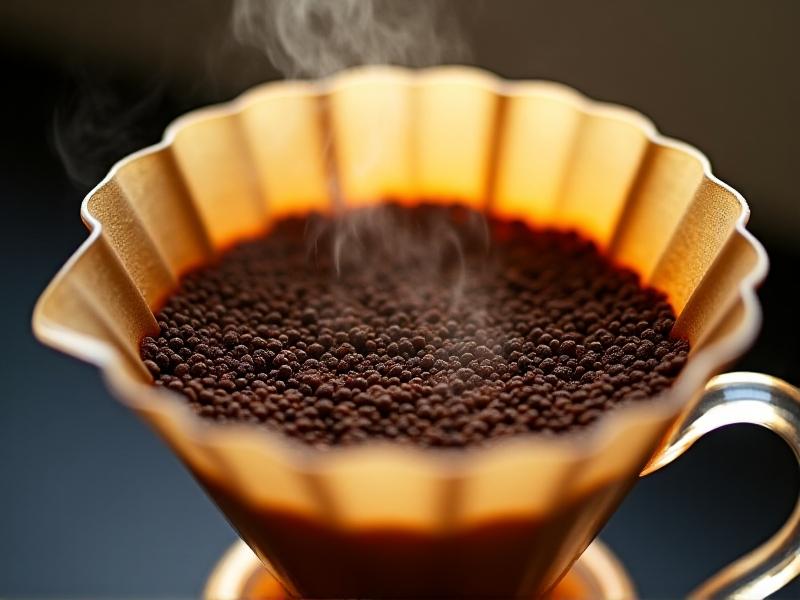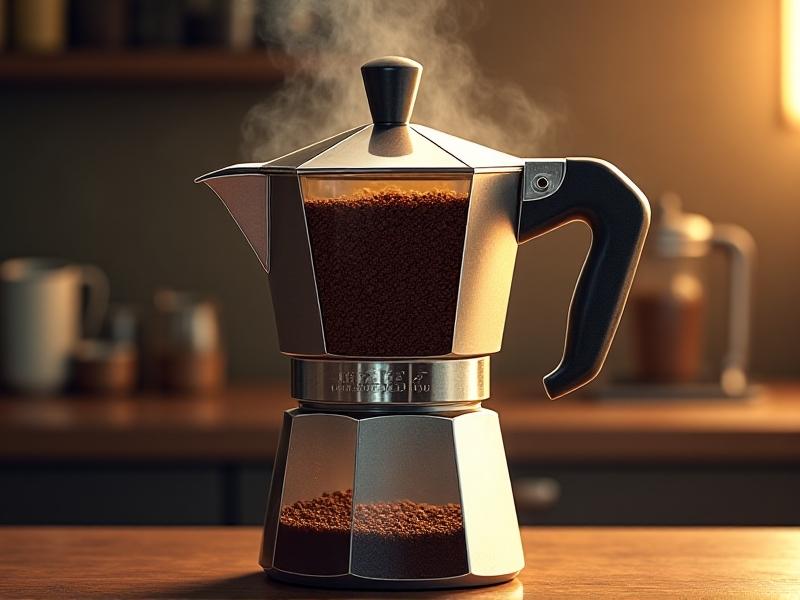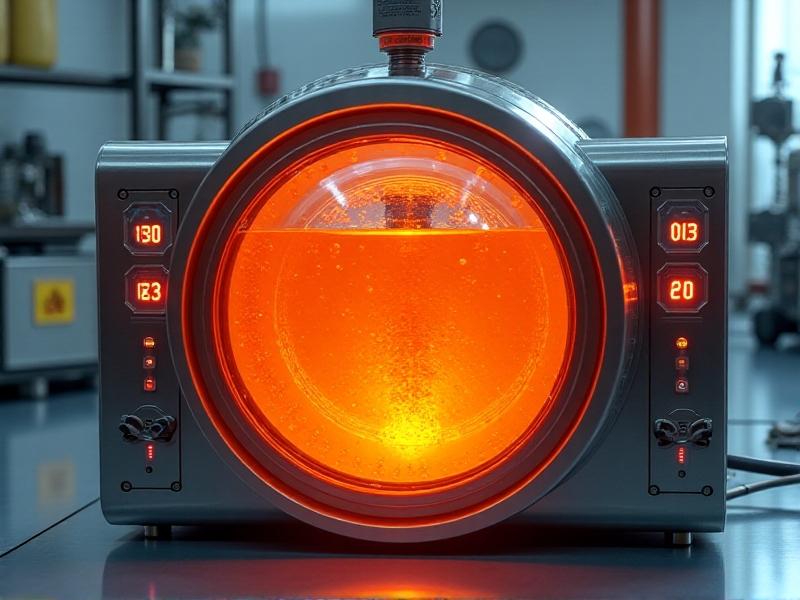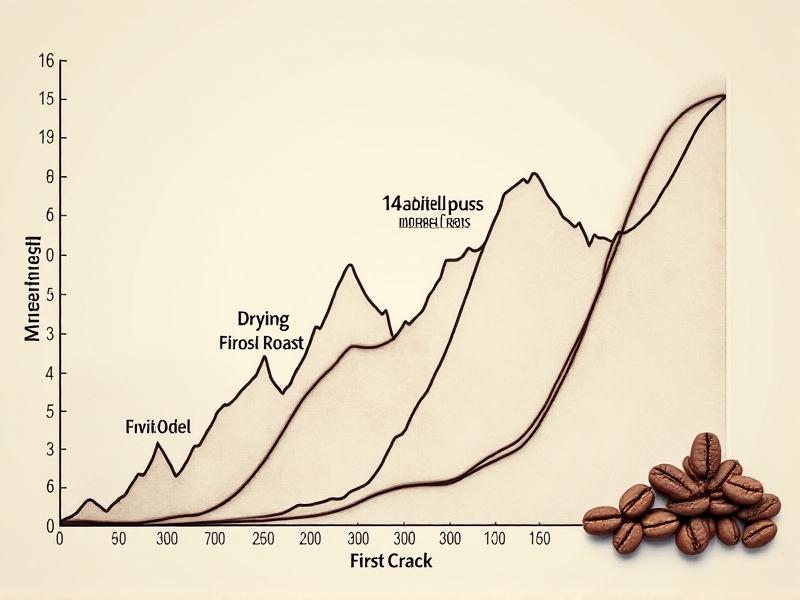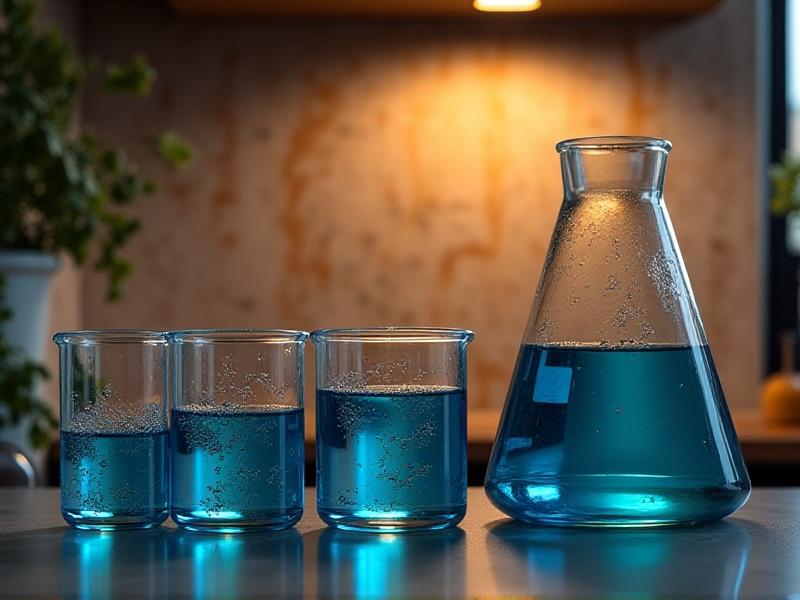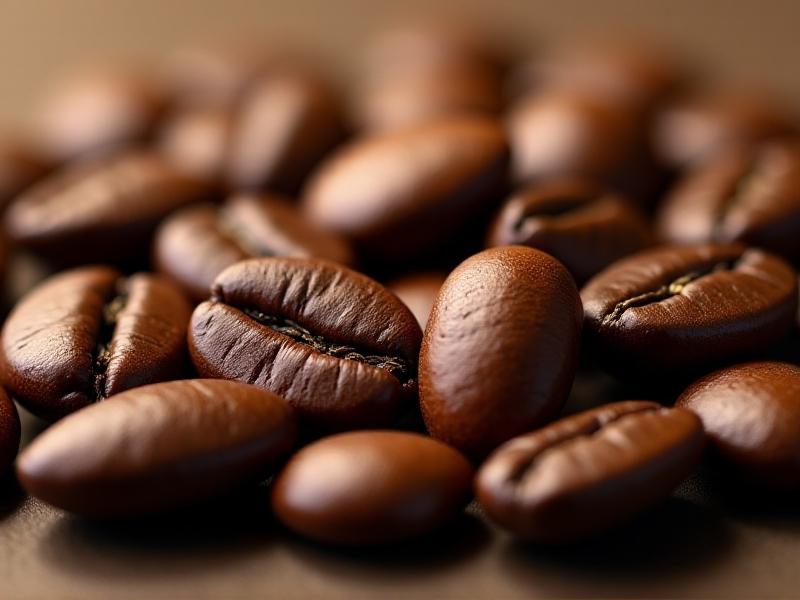Cold Brew Concentration Ratios Chart
Understanding Cold Brew Concentration Ratios
Cold brew coffee’s popularity lies in its smooth, low-acid flavor, but achieving the perfect balance requires mastering concentration ratios. These ratios determine how much coffee and water to use, influencing strength, flavor, and versatility. A typical cold brew ratio ranges from 1:4 (coffee to water) for a concentrated base to 1:8 for a ready-to-drink brew. Understanding these numbers ensures consistency, whether you’re brewing for sipping straight or diluting with milk or ice.
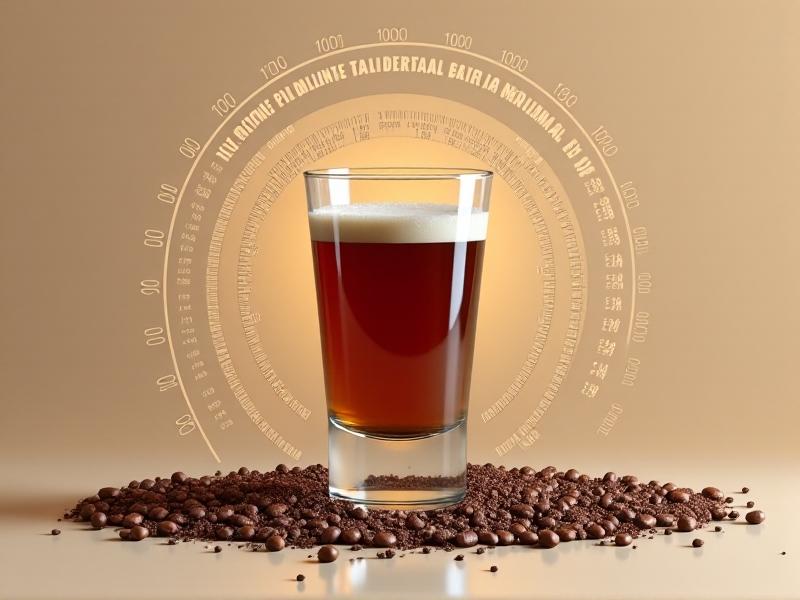
Why Ratios Matter in Cold Brew vs. Other Brewing Methods
Unlike hot coffee methods like pour-over or espresso, cold brew relies on extended steeping—often 12–24 hours—to extract flavors without heat. This slow process amplifies the importance of ratios: too much coffee can lead to bitterness, while too little results in a weak, underwhelming cup. For example, a French press uses a 1:15 ratio for a quick brew, but cold brew’s 1:4 to 1:8 ratios account for dilution and the absence of heat-driven extraction.
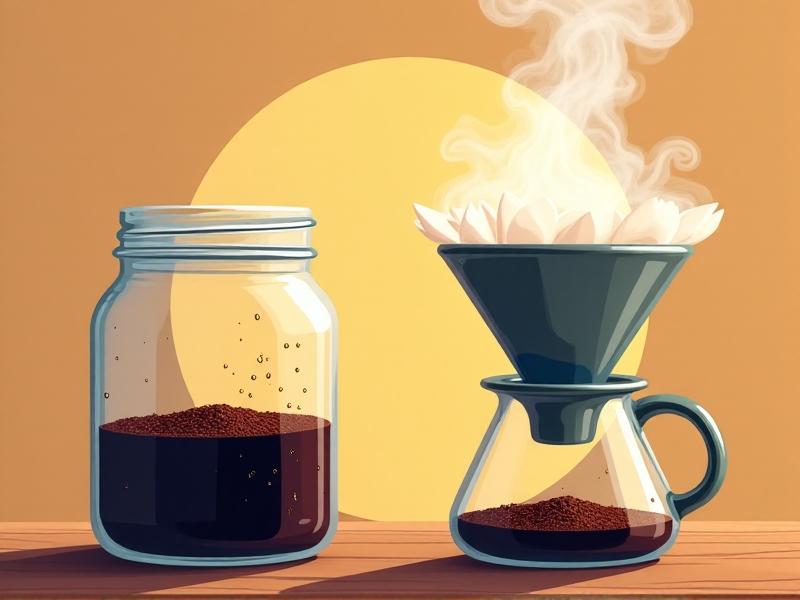
How to Use a Cold Brew Concentration Ratios Chart
A ratios chart acts as a blueprint. Start by selecting your desired strength: a 1:4 ratio creates a syrupy concentrate ideal for mixing, while 1:8 is perfect for immediate consumption. Measure coarsely ground coffee by weight (grams) for accuracy. Combine with cold, filtered water in a sealed container, steep for 12–24 hours, then strain. The chart helps adjust variables—like brew time or grind size—while maintaining balance.
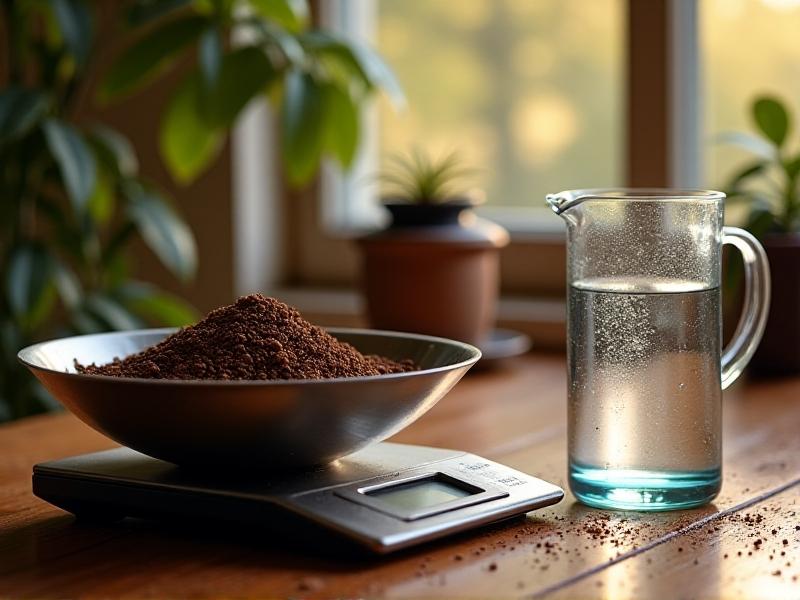
Factors Influencing Your Ideal Ratio
Your preferred ratio depends on bean origin, roast level, and grind size. Light roasts may require a finer grind or higher coffee-to-water ratio to extract nuanced flavors, while dark roasts can dominate at stronger concentrations. Humidity and water quality also play subtle roles—experiment by tweaking one variable at a time and documenting results.
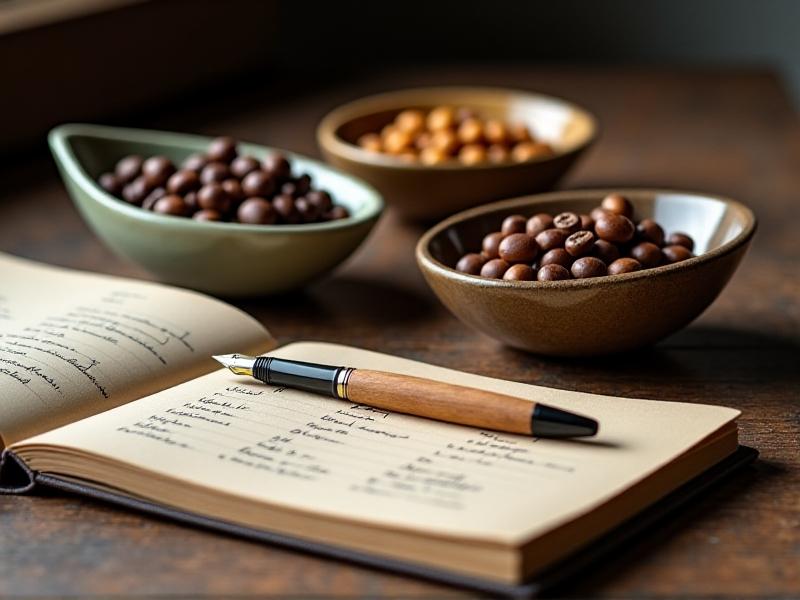
Common Mistakes When Measuring Ratios
Overestimating volume (using cups instead of weight) leads to inconsistency, as coffee grounds settle differently. Skipping the strain step or using a fine grind can result in sludge. Another pitfall? Assuming all ratios work universally—a 1:4 ratio might overpower fruity Ethiopian beans but complement a chocolatey Brazilian blend.
Adjusting Ratios for Serving Styles
Concentrate (1:4) shines when tailored to serve: mix 1 part concentrate with 1 part water or milk for iced lattes, or blend with ice cream for a decadent treat. A 1:6 ratio offers a middle ground—versatile enough to drink black but sturdy enough for creative recipes. Always adjust sweetness and additives based on the brew’s inherent strength.
Advanced Techniques: Dilution Ratios and Flavor Pairing
Once mastered, ratios unlock creativity. Try a 1:3 concentrate with tonic water and orange zest for a sparkling refresher, or infuse brewing water with cinnamon sticks for a spiced base. For batch brewing, calculate the final diluted volume—e.g., 100g coffee at 1:4 yields 400ml concentrate, which becomes 800ml when diluted 1:1.
Troubleshooting Your Cold Brew Using the Chart
If your brew tastes hollow or sour, increase the coffee ratio or steep time. Bitter or overly intense? Try a coarser grind or shorter steep. Charts help diagnose issues—for instance, a muddy texture often means inadequate straining, not incorrect ratios.
Storing Cold Brew Based on Concentration Strength
Concentrates (1:4) last up to two weeks refrigerated in airtight containers, while ready-to-drink batches (1:8) are best consumed within a week. Freeze concentrate in ice cube trays for iced coffee that won’t water down. Always label containers with the ratio and brew date for freshness tracking.

